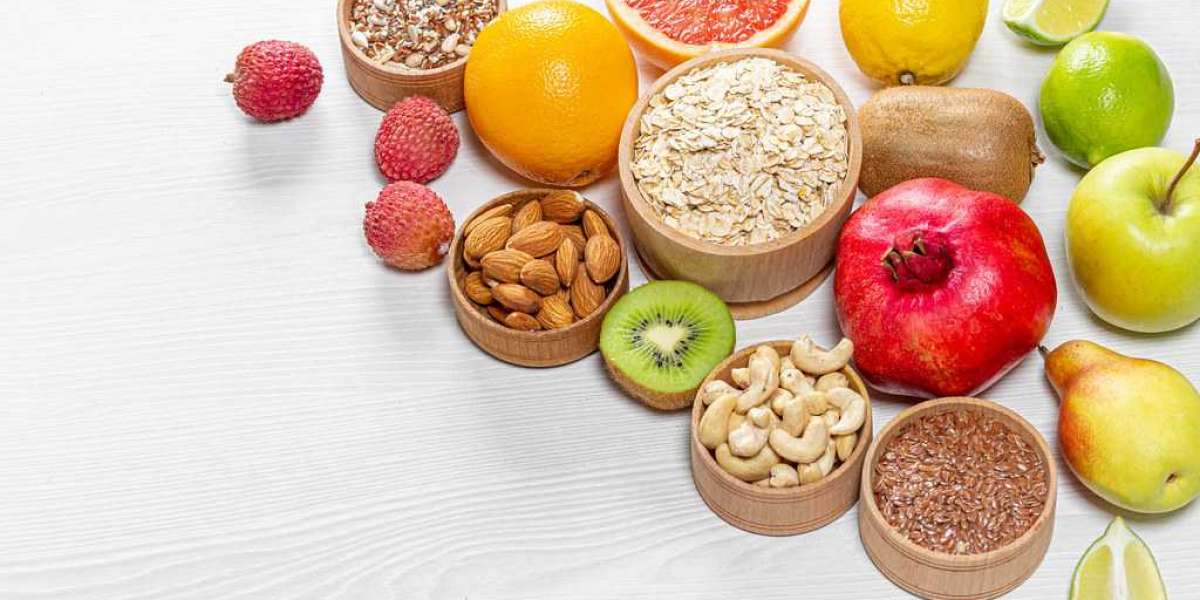Why Eco-Friendly Food Packaging Matters
Reducing Plastic Pollution: Traditional plastic packaging is a major contributor to pollution, particularly in oceans and waterways. Eco-friendly alternatives help reduce plastic waste and mitigate its harmful effects on marine life and ecosystems.
Conserving Resources: Many eco-friendly packaging materials are sourced from renewable resources such as plants, which helps conserve finite resources like fossil fuels.
Lowering Carbon Footprint: Manufacturing traditional packaging materials often involves high energy consumption and emissions of greenhouse gases. Eco-friendly alternatives, such as biodegradable and compostable materials, have a lower carbon footprint.
Meeting Consumer Demand: As consumers become more environmentally conscious, there is a growing preference for products packaged in eco-friendly materials. Businesses that adopt sustainable packaging practices can appeal to this demographic and enhance their brand reputation.
Innovative Eco-Friendly Packaging Solutions
Biodegradable Plastics: Unlike traditional plastics that persist in the environment for hundreds of years, biodegradable plastics break down into natural elements over time, reducing environmental harm.
Compostable Packaging: Compostable packaging materials, such as compostable paper and bio-based plastics, can be disposed of in composting facilities, where they break down into nutrient-rich compost without releasing harmful toxins.
Plant-Based Packaging: Packaging made from renewable resources such as sugarcane, bamboo, and cornstarch offers a sustainable alternative to petroleum-based plastics. These materials are biodegradable, renewable, and often require fewer resources to produce.
Reusable Packaging: Encouraging the use of reusable containers and packaging can significantly reduce waste generation. Many businesses are adopting refillable packaging systems or offering incentives for customers to return packaging for reuse.
The Role of Businesses and Consumers
While the development and adoption of eco-friendly food packaging are crucial steps towards sustainability, both businesses and consumers play a pivotal role in driving change.
Businesses:
- Embrace sustainable packaging practices and invest in research and development of innovative solutions.
- Educate consumers about the environmental benefits of eco-friendly packaging and encourage responsible consumption.
Consumers:
- Choose products packaged in eco-friendly materials whenever possible.
- Minimize waste by opting for products with minimal packaging or packaging that is easily recyclable or compostable.
- Advocate for sustainable packaging policies and support businesses that prioritize environmental stewardship.
Conclusion
Saattvic's Eco-friendly food packaging represents a significant opportunity to reduce environmental impact and create a more sustainable future. By adopting innovative packaging solutions and promoting responsible consumption practices, businesses and consumers can collectively contribute to a healthier planet for generations to come. Together, let's embrace eco-friendly packaging as a cornerstone of sustainable living and a pathway towards a greener future.






